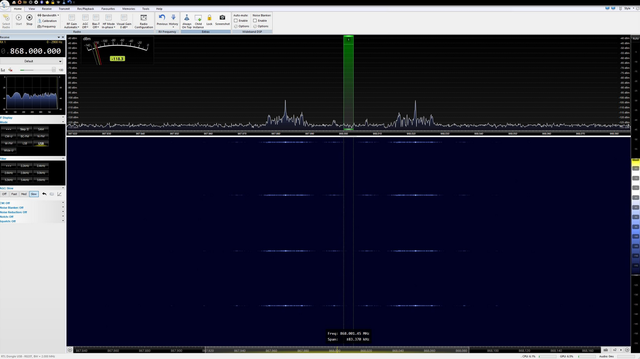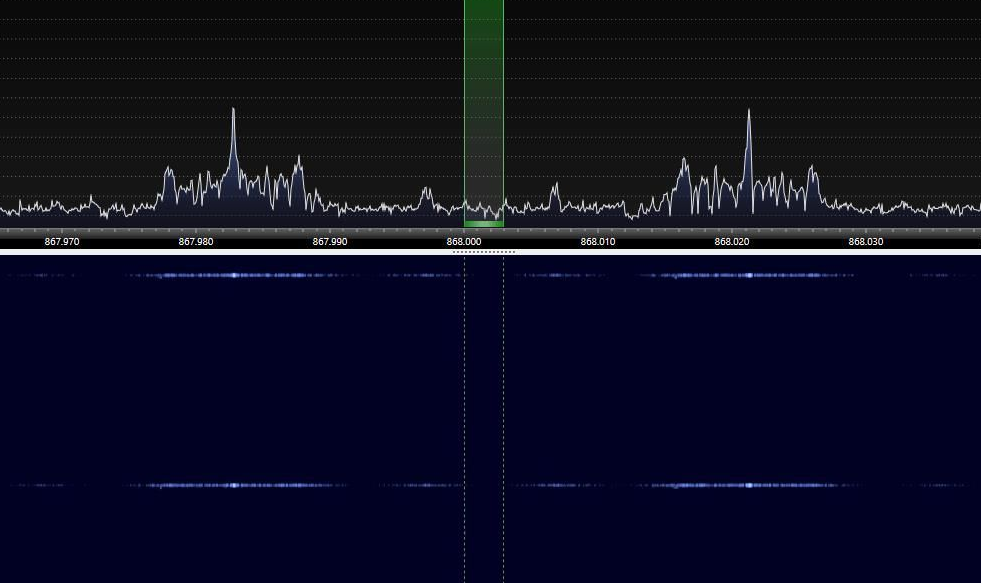ENG-CANSAT-FREQUENCY-PLAN
Forewords
The RFM69 module and Packet Radio can do a lot to secure message transmission and message content (with the encryption key).
As for wired network (aka TCP/IP) the packet radio enclose your data into datagram before sending it over the air. This helps the hardware to detect error and possibly recover when collisions occurs.
Obviously, more we are talking on a same frequency, more we will have collision, less the communication will be efficient.
The best solution would be to use a frequency plan where each team receives its own frequency range like showed in the following table.
Suggested Frequency Plan
| Team | Freq (MHz) | Team name |
| Team #1 | 433.1 | . . |
| Team #2 | 433.2 | |
| Team #3 | 433.3 | |
| Team #4 | 433.4 | |
| Team #5 | 433.5 | |
| Team #6 | 433.6 | |
| Team #7 | 433.7 | |
| Team #8 | 433.8 | |
| Team #9 | 433.9 | |
| ... | 434.0 | ... |
Frequency plan explained
Why do we space the frequencies of 0.1 MHz (so 100 KHz)? Spacing more (>100 KHz) will be best, spacing less (<100 KHz) is not recommended.
The following capture coming from USA shows the spectrum view (and waterfall view) of a RFM69 emiting on the 868.0 MHz frequency.
| Note: the 868.0 Mhz is a FREE ISM band in USA. In Europe, that frequency range is reserved for LoRa transmission! |

Source: this thread in the mysensors.org forum
This second capture does focus on the interesting part of the picture (spectrum around 868 Mhz and corresponding waterfall).

Source: this thread in the mysensors.org forum
Written by Meurisse D. from MC Hobby - License: CC-SA-BY.